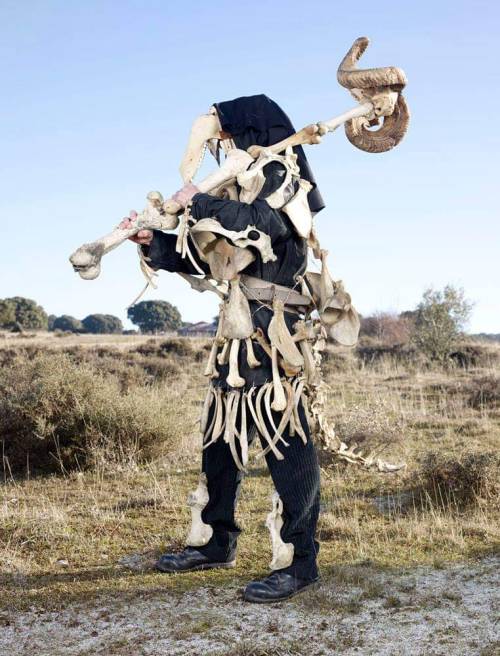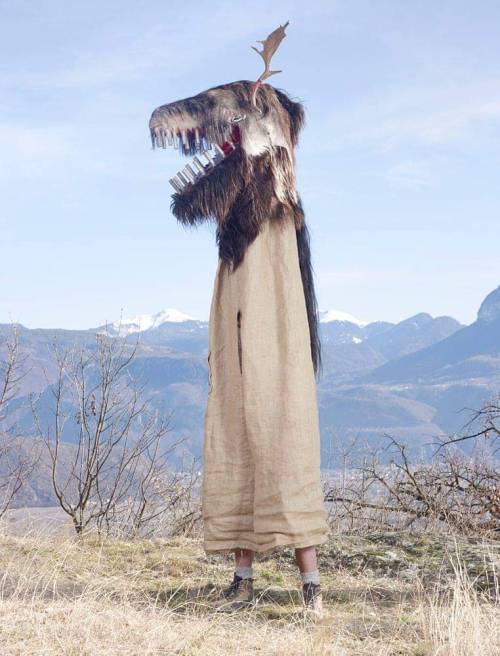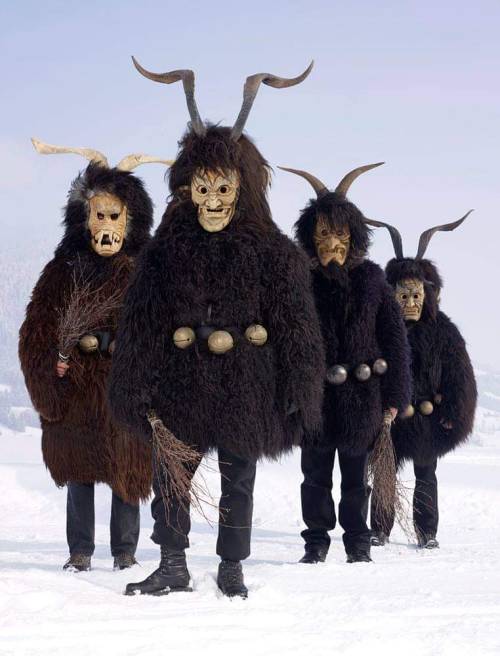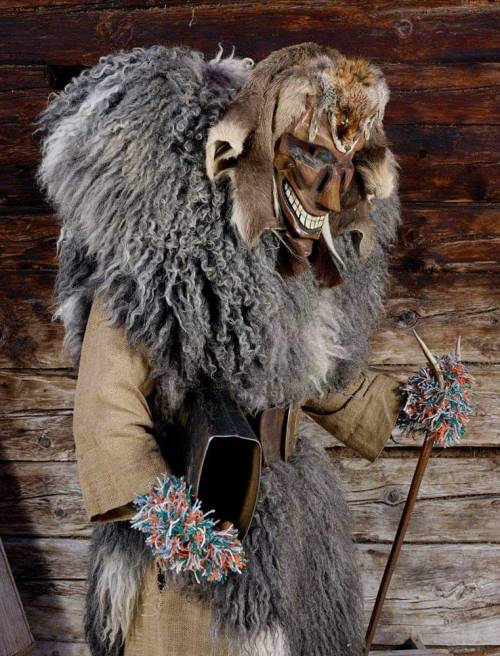Cheapsweets - CheapSweets
-
 magicwingslisten reblogged this · 10 months ago
magicwingslisten reblogged this · 10 months ago -
 magicwingslisten liked this · 10 months ago
magicwingslisten liked this · 10 months ago -
 cosmicretreat liked this · 11 months ago
cosmicretreat liked this · 11 months ago -
 cosmicretreat reblogged this · 11 months ago
cosmicretreat reblogged this · 11 months ago
More Posts from Cheapsweets
Y'all seriously outdone yourselves :D
Bestiaryposting Results: Kraegrat
Allow me to start with a disclaimer: I woke up sick this morning, so if it seems like I'm doing a worse job than usual stringing words together, let's all agree to blame fatigue & cold medicine.
Now, on to our beast for the week. The entry people are working from can be found here:
This is kind of an interesting one: not only is there no physical description, but the entry consists entirely of describing a single behavior that has at best a tenuous connection to reality. Nevertheless, a number of people indicated that they recognized it, because this is one of those "bestiary fun facts" that tends to stick in folks' heads.
As usual, we're going to go through the depictions in roughly chronological order -- let me know if I missed yours. This week, for some reason, my original post doesn't appear under the #Kraegrat tag, so who even knows what's going on there and I'm fully willing to believe yours is hidden for some kind of absurd Tumblr reason. (Maybe it got flagged under the "don't go nuts don't show nuts" policy -- I kind of suspect that's what happened with the entry post.)
Images below the cut, because (1) aforementioned nuts, though i'm pretty sure this is within Tumblr guidelines, and (2) i really should be doing a cut for all of these but i keep forgetting.

@mobileleprechaun (link to post here) has gone all in on the pathos, making the Kraegrat small, fuzzy, and sad. They describe it as "beleaguered and persecuted" and "a poor guy" which honestly I think is pretty fair for anyone in a situation where you're constantly being hunted for your testicles. They also cite "tanuki inspo" for obvious testicle-related reasons, and yeah, I see it. Very good Sad Gentle Beast here.
![Three depictions of the "Kraegrat", all of which appear to be some sort of mammal with hand-like paws, long tails, a flat face, and gently pointed ears. Their coat is loose on the body such that when their limbs are stretched, the furry skin goes from wrist to ankle rather than tight along the limbs and body.
The first Kraegrat is labelled "Dark Forest Kraegrat" and has dark fur. They are holding onto a tree branch.
The second, "Light Plains Kraegrat" has pale fur and is saying "EEP!". One paw is holding his "detachable testicals" [sic - I can't spell] and the other testicle is in flight "thrown @ hunter".
The third, "Ringtail Kraegrat", has striped fur and is standing up with his limbs stretched out to show the lack of testicles.](https://64.media.tumblr.com/8493df8c6fc55f37f137d673e6c02d9f/df7d3f73dc830944-d5/s500x750/99b17e8e07bdb4291cfb9e4fdf4b2166c692415f.png)
@embervoices (link to post here) has done a few different species of Kraegrat, all of which have kind of a lemur look. (They also provided their own alt text, which I really appreciate, thank you.) The linked post has an explanation of design decisions, and also references that Anansi story about tiger balls. (I googled it just now, and all the results reference American Gods -- did Neil Gaiman make that one up?) Anyway, excellent whimsical lemur thing, love the depiction of it throwing the testicles.

@mayhaps-magical (link to post here) notes their "appropriate medieval disregard for standardized spelling" and explains that they reinterpreted it as "Kragen-rat". My German is almost nonexistent, so I had to do a quick check...

... okay, yeah, I see how that comes into play. I also like the idea of playing around a bit with the spelling and etymology, because gods know the medieval authors did the same with no regard for accuracy. (The vastly-encyclopedic, frequently-inaccurate work that has led Isidore of Seville to be put forth as a potential Patron Saint of the Internet is ostensibly a book of etymologies.) Anyway, I like this guy here. It kind of looks like one of those big dogs that are always kind of shy and nervous around new people, which I think fits with the description as "gentle". Also like that it apparently has both claws and I think thumbs for the throwing of testicles.

@silverhart-makes-art (link to post here) acknowledges that they're pretty sure they know what this animal is supposed to be, but they're trying to put it out of their heads. I think they've done a very good job of that: this is a pretty naturalistic drawing of a ground-dwelling mammal that doesn't quite look like any real animals, including the one that this entry was based on. The post linked above contains a description of the design decisions behind this critter, which I of course recommend checking out.

@coolest-capybara (link to post here) has, as usual, done a beautifully stylized rendition of this one. She cites the famous unicorn tapestries as inspiration, and I can absolutely see it. I think it's an interesting artistic choice to focus on the hunter rather than the beast in this drawing, but one that absolutely makes sense: the entry doesn't tell us anything about the Kraegrat except how it interacts with hunters. Enjoy your bounty of severed testicles, Sir Hunter... and, um, keep an eye on your dog if you want to make sure you still have all of them when you get home. I think it's contemplating something there. The linked post contains a brief description of design decisions, and also this line, which I enjoyed:
I'd also like to state for the record that when I started this challenge, I was not expecting to draw a field of severed testicles, but here we are. It was more fun than I expected.

@rautavaara (link to post here) has again taken an unusual direction with this one. They describe their interpretation as:
Medicinal plant-like lizard that loses its tail when scared off.
Considering this and the drawing, I think I can see the path of creative interpretation. The animal as presented in the bestiary entry is obviously ridiculous: a mammal that self-castrates to save its life is not an evolutionary success. So what could it be other than that? Well, lizards detach their tails to escape predators; what if there was a lizard with nodules on its tail that medieval people interpreted as testicles?
I can't swear that that is rautavaara's thought process, of course, but it makes sense to me as an interpretation of the material provided, and if that is what they're going for, I think it's quite clever. Also, as usual, the art style here is excellent.

@sweetlyfez (link to post here) explains that her design process consisted of blending together various animal features and then giving it sparkly magic balls, because that's all the entry really provides. Which, fair. Also I appreciate the taste in choosing what I think is "tapir + deer" as the animals to blend here. Those tusks kind of remind me of musk deer, which is actually pretty appropriate, as we'll see later. The facial expression plus the sparkly balls strike me as very funny, I have to say. Good beast.

@karthara (link to post here) was apparently also skeptical about the idea of a self-castrating animal, and if you check out the linked post, you'll see a brief explanation of how they resolved that as well as some other thoughts on design decisions. The gist is that the Kraegrat has decoy testicles, which I love as an interpretation. Fantastic. No further notes.

@cheapsweets (link to post here) has done another ink drawing that is, frankly, delightful. Love the Kraegrat escaping into the Nonspecific Medieval Trees. Love, love, love the hunter getting smacked in the face with a set of thrown testicles while his dog watches. The above linked post also provides an explanation of design decisions which I think is worth reading, go check that out.

@treesurface (link to post here) has drawn us a rat-kangaroo thing (not to be confused with a kangaroo rat) calmly displaying its lack of testicles. Looks fairly good-natured about the situation, really. They provide a brief discussion of their design decisions in the linked post, and also express a desire for more "weird scary beasts" in the future -- so I checked, and while I can't really define what is or isn't a weird scary beast, I think we should get at least one qualifying entry in January.

@pomrania (link to post here) has made the understandable decision that they aren't going to draw animal genitalia today. Fair enough. I also think this is a pretty good depiction of a Mammal that is clearly not any animal we're familiar with -- I'm impressed by how many of the drawings we're getting for this are Plausible Yet Unfamiliar Beasts. Anyway, pomrania provides early sketches and an explanation of design decisions in the linked post. They also express relief that this is not "Yet Another Bird", and I regret to inform you all that there is a small cluster of Bird entries coming our way.
Anyhow, let's take a look at the Aberdeen Bestiary depiction for this one.

I have to say I find this illustration very funny. That bizarre pose where it's wrapped around a tree is good, but what really makes it is the hunters. Look at those two. Spear Guy looks like his eyes are about to bug out of his head, while Axe Guy seems like he's going "hey, is that normal? should we be doing something about that?"
Anyway, as some of you guessed (and as I'm sure more of you picked up from that very accurate Aberdeen illustration above), this is a Beaver.
Yeah, the whole testicle thing is probably a misunderstanding of the castor sacs that beavers use to scent-mark their territory. Castoreum is still used today, mostly in the perfume industry I think, but apparently the medievals had some kind of medicinal use in mind. So the people who surmised that this isn't actually talking about testicles but rather some other anatomical feature that looks like testicles were correct. I have no idea where the idea came from that the beaver would rip them off voluntarily, though.
So! There's this week's bestiaryposting. I will now Retreat to My Chamber and Lay As One Dead (scroll Tumblr in bed until I fall asleep).
The resolute Ilyecham

My response to this weeks Bestiary Posting challenge, from The Maniculum!
I've been vaguelly considering how to tackle this one all week (and trying to avoid seeing others' interpretations as much as possible). Again, we have a lot of behaviours, but nothing in terms of a physical description... Did the author just thing 'everyone knows what birds look like', was this just a bird that the reader was expected to be familiar with, or were they all like 'I'm not describing yet another bird... :p'?
It's a pen and ink drawing (dark sepia ink, and a sailor fude nib) over a pencil sketch; the fude nib is interesting as it's meant to give the impression of using a brush - the nib is bent to allow transition from thin to thick lines - I've got a lot of practice to go to get that transition right though (I'm tempted to try an actual brush pen for next week's challenge...)!
This time, I actually used some references! Well, I briefly glanced at some, anyhow... I feel like it has made a difference, particularly in terms of the anatomy (though there are several things I'd go back and change if I was doing this over), but I still need to work a bit more on consistency (and maybe not tackling any too-awkward perpectives...!). I had a lot of fun with this one :)
Reasoning below the cut...
"The Ilyecham is a bird armed rather with spirit than with claws, having great courage in its small body. [Etymology redacted]. For it greedily seizes other birds. [Etymology redacted.]" - So, carnivorous bird, emphasis away from it's claws... I had to double check this, but falcons kill prey with their beak (a sharply projecting 'tomial tooth' on their upper beak), whereas hawks use their claws. I tried to show this, but it's such a small details it might not be obvious. Did you know that falcons are more closely related to passerines (perching birds, like sparrows) than they are to hawks/eagles? I always find that absolutely mind-blowing :)
"It is said that the Ilyecham is lacking in parental care towards its young, for when it sees that they are able and trying to fly, it does not feed them but beats them with its wings, throws them from the nest and forces them from a tender age to catch prey for themselves lest, when they are fully grown, they should become lazy." - Hey, chalk up another one to that old adage 'birds are jerks'... I'm starting to think that bestiary authors were not the biggest birb fans... In the top right of the picture, we have a mama ilyecham pushing the baby out of the nest with her wing. Time to find your own way in the world, baby bird! I tried to distinguish the younger bird's plumage with a different pattern (spotted/dotted); the adult plumage was inspired by goshawks (I know, hawk vs falcon), more because it would show up as distinctive in black and white than any other reason.
As an aside, I really struggled with how to draw a slightly stylised bird nest!
"It takes care lest in their childhood they grow idle, or are given up to pleasure, or grow weak from inactivity, or learn to expect food rather than to seek it for themselves, or abandon their natural vigour. Ilyechams stop bothering to feed their young in order to make them bold enough to seize food for themselves." - Hang on, this is going to be some kind of inspirational virtuous animal thing, isn't is... :p I can imagine some medieval scribe writing 'and so, the ilyecham represents the cardinal virtue of fortitude' or something...
"It is the custom of Ilyechams in the wild to spread their wings when the south wind blows, so that their limbs are warmed by the wind to release their old feathers. When there is no wind, they create a breeze by spreading their wings to face the rays of the sun and beating them; and thus, as the pores of their body open, either their old plumage falls out, or new feathers grow in." - In the top left, we have an ilyecham spreading its wings, facing towards the sun, and doing just that! The feathers blowing away were fun to draw!

Source (sorry I forgot to find and source the artist when I first posted this)










Traditional European Christmas time monsters, photographer across the Europe by Charles Fréger.

